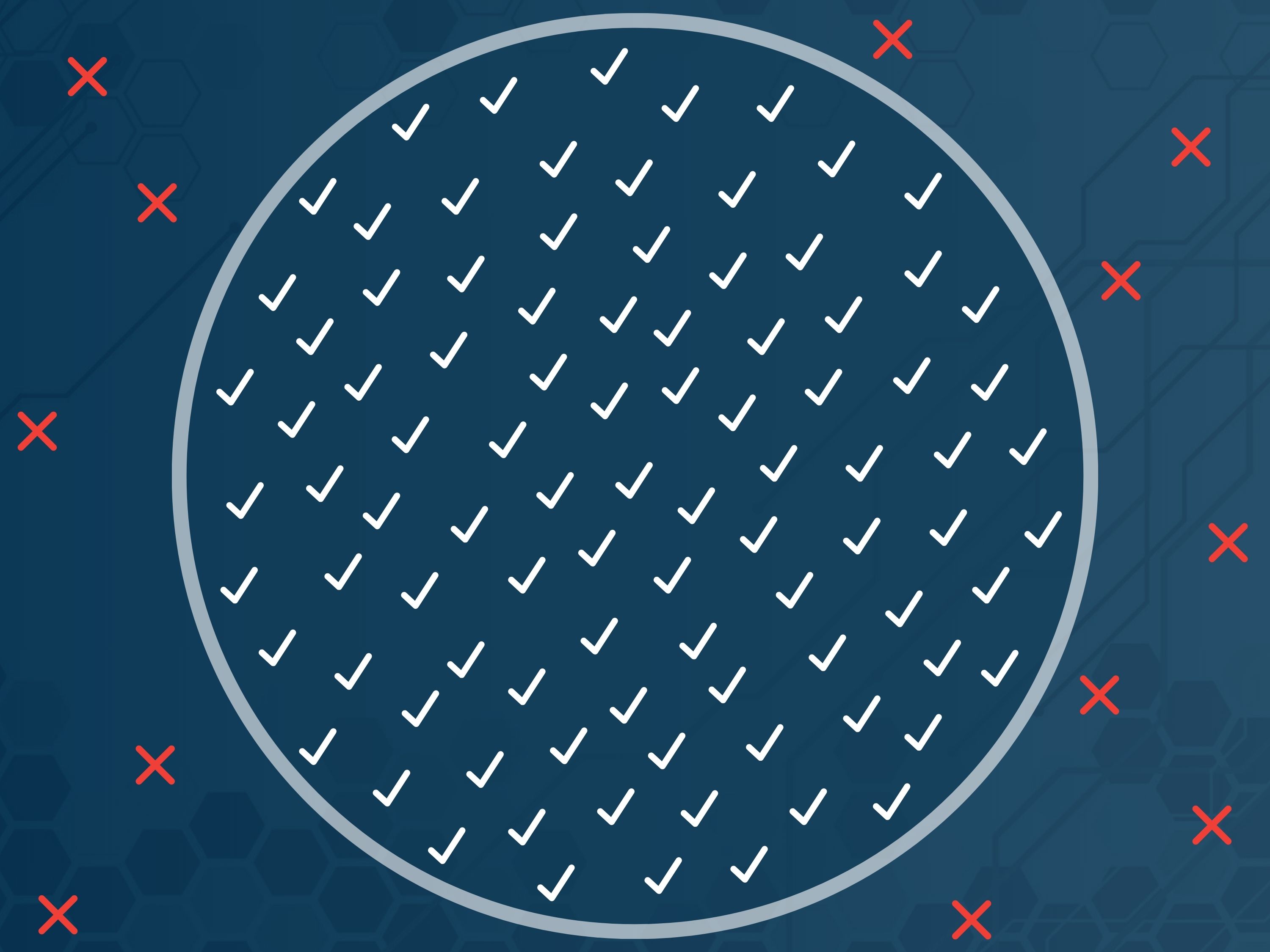More than 1 million U.S. employers every year use the federal E-Verify service. By checking a Department of Homeland Security database, they can confirm a person’s legal eligibility to work in the United States. And even if the employee later turns out to have been ineligible, the employer won’t face any penalties, if they used the E-Verify system when hiring.

E-Verify is an example of a legal “safe harbor,” says Professor Susan C. Morse. It’s a rule that automatically considers someone in compliance with the law, as long as they satisfy a particular set of facts.
Morse, who is the Angus G. Wynne, Sr. Professor in Civil Jurisprudence and serves as the law school’s associate dean for academic affairs, points out that the existence of a safe harbor doesn’t make other circumstances illegal. It just means that someone, like a new employee, may need to provide other proof that they’re able to work legally, perhaps by showing a green card.
But Morse also sees a dark side to safe harbors: They aren’t safe for everyone. In a new article for the Tennessee Law Review, she shows they can damage people who don’t fall within their boundaries—especially when an enforcer treats safe harbors as hard-and-fast rules rather than helpful guidelines.
“For the people outside the safe harbor, collateral harm is possible,” she says.
With E-Verify, some employers may refuse to hire any applicant who’s not in the database. That harms anyone who’s legally authorized to work but not listed—including a person whose name has changed or someone whose name is simply misspelled. If the employer doesn’t allow them to show alternative identification, they have little legal recourse.
Incentives for Over-Caution
Morse got interested in safe harbors during eight years as a tax lawyer. “I experienced firsthand the inclination of advisors and clients to fit within a safe harbor,” she says: such as tailoring the terms of a merger deal to guarantee favorable capital gains tax treatment.

She became curious why people strained to squeeze into a safe harbor, even when they didn’t need to. There might be “nothing in a safe harbor that says that you have to fit within its terms in order to get a favorable result,” she says. But, “people sought to fit, even though the law did not tell them they had to.”
For example, she says, if lobbyists are instructed by the government that they won’t be questioned if they spend up to $10 on food and drink for a public official, they will tend to spend $10, no more and no less.
Collateral harm can occur when non-governmental parties apply safe harbors too rigidly. They treat them as bright lines that can’t be crossed, damaging people who fall outside the lines.
“That’s the intermediary going beyond what the safe harbor really requires,” she says. “They’re only thinking about the people who are inside the safe harbor and not thinking about the people who are outside the safe harbor.”
What causes people to observe safe harbors inflexibly? Morse has found three kinds of incentives that have led to real-life collateral harm.
They’re only thinking about the people who are inside the safe harbor and not thinking about the people who are outside the safe harbor.
Susan Morse
Reduction of costs. If an employer automatically excludes people who fail E-Verify, they don’t have to spend extra time and money to train their hiring team on how to check other forms of documentation. “Either the person comes back eligible or they don’t,” she says.
Risk avoidance. In 2004, the Texas Education Agency informed school districts that their special education designation policy would not raise an audit flag if their special education students did not exceed 8.5% of the student body. Over the next decade, the statewide share of special education students dropped from 11.7% to 8.6%.
“School district administrators generally want to minimize the risk of an audit,” Morse says. “They don’t want to get into an uncertain situation and perhaps bad publicity.”
Bad publicity came, anyway, and the TEA rescinded the policy in 2017, after a federal letter of reprimand.
Protection of stronger stakeholders. In the 1990s, the U.S. Department of Education gave colleges and universities a safe harbor for meeting Title IX requirements on gender equity in sports. The department would consider a program “nondiscriminatory” if the school’s proportions of female to male athletes were close to that of the overall student body.
The rule encouraged schools to grow opportunities for women to be student-athletes, but some schools also shrank their men’s teams to meet the targets. In doing so, administrators tended to cut non-revenue producing teams like wrestling and gymnastics, teams that typically had fewer powerful boosters and stakeholders.
“They imposed the collateral harm on those whose resources or interests were just not as strong,” Morse says.
Of course, “no one cut their football team!”
Negotiations Beat Lawsuits
The odds of a successful lawsuit depend heavily on the specific facts and laws surrounding a case, Morse says. Plaintiffs have the best chances if they can demonstrate that a party is actually breaking a law while enforcing the safe harbor.
If a school district illegally rejected a student’s application for special education services, the student could sue the district. Or, a woman who fails E-Verify might be able to sue an employer for gender discrimination—if the facts support that claim.
Safe harbors are not the same thing as bright line rules.
Susan Morse
In other cases, she says, the plaintiff may seek to sue the government directly: Standing doctrine is flexible enough to allow such suits in some cases. If the government intends and controls an illegal result produced by an intermediary implementing a safe harbor, a court should invalidate the safe harbor.
Morse also points out that a victim can try to negotiate. “I would try to find a way to encourage the intermediary I was working with to consider the safe harbor in a more flexible manner,” she says.
Ultimately, Morse hopes her article might help to reduce the damage from safe harbors, by encouraging employers, athletic departments, and other intermediaries to be more flexible about applying them.
They should remember that “safe harbors are not the same thing as bright line rules,” she says. “There’s nothing in a safe harbor that says you have to fit within its terms in order to get favorable results under the law.”
“The Truth About Safe Harbors” is published in the Tennessee Law Review.
